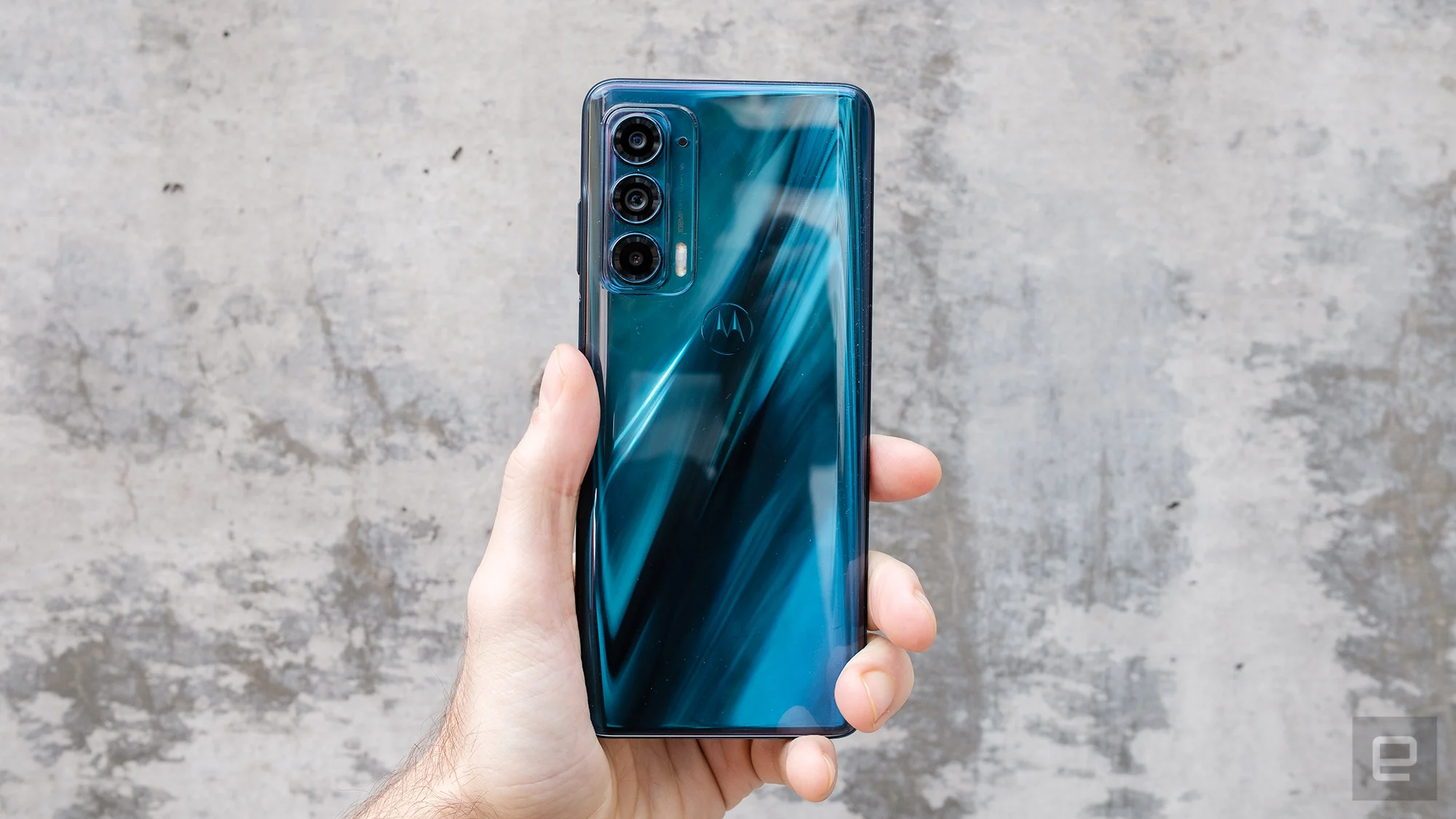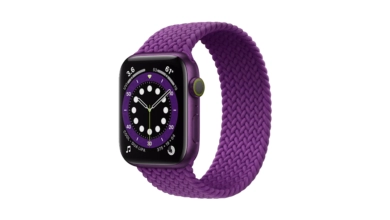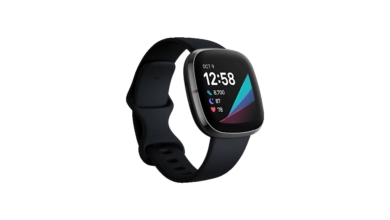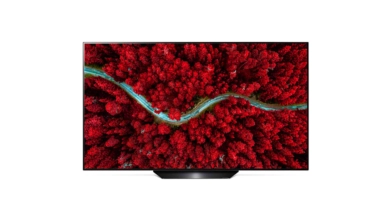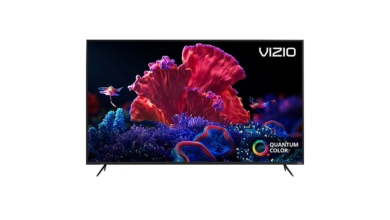2021 Motorola Edge
Only $550 gets you a 144Hz screen.
In 2020, Motorola introduced two Edge phones with unique “waterfall” displays. However, we didn’t favor the flagship over the other. The more modest Edge, on the other hand, impressed us. There were a few flaws, but for the price, you got a decent phone. As a result, Motorola’s decision to focus on the Edge instead of the more expensive Edge+ is understandable. The 2021 Edge, on the other hand, is a welcome improvement over its predecessor. The most significant change is the addition of a 144Hz screen, which is typically reserved for high-end smartphones. The 2021 Moto Edge is a phone well worth checking out, especially with the promise of longer software support and an improved fingerprint sensor.

The display
The 6.7-inch curved “Endless Edge” OLED display on the 2020 Edge is the same as on the more expensive Edge+ model. Motorola’s new model, which features a flat 6.8-inch LCD, is more user-friendly than previous models. You don’t have to worry about accidentally tapping an icon or swiping to another part of your home screen because there are no rounded edges for your palm to touch.
This year’s panel is also faster, in addition to having a more functional design. The 2020 Edge’s refresh rate increased from 90Hz to 144Hz with this model. The panel defaults to an adaptive mode with a refresh rate cap of 120Hz, just like Samsung and Apple phones. Additional options allow you to choose between performance and battery life by locking the display to 144Hz or 60Hz. My preference was to increase the panel’s 144Hz refresh rate, for reasons I’ll explain in a moment.
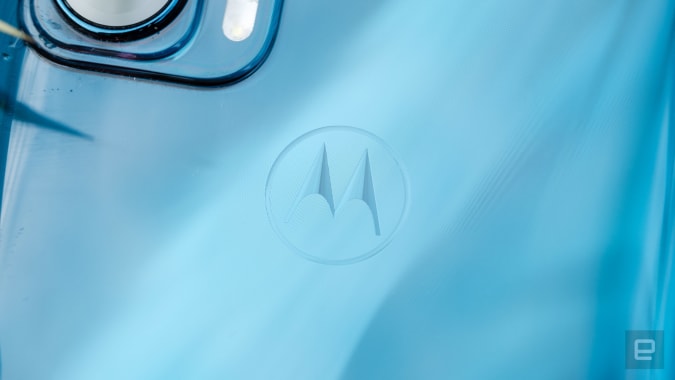
When it comes to specs, the Moto Edge’s new 144Hz panel looks impressive, and it sets it apart from similarly priced phones like the OnePlus Nord 2, as well as more expensive handsets like the new iPhone 13 Pro. The trade-off is that you’re getting an LCD phone instead of an OLED one, which offers deeper blacks and better power efficiency.
A 144Hz screen also has some issues that I haven’t encountered on other devices.. It didn’t always render animations at the same speed if the default adaptive mode was enabled. Like when I was scrolling through Instagram and nothing happened in my timeline because that’s just how it works. Some of the time, it felt like the same action was occurring at a 60Hz frequency. In my opinion, Motorola’s software for dynamically adjusting the refresh rate between 60Hz and 120Hz is at fault here. Motorola has been contacted for a response.
However, even though I had the display set to 144Hz, there were still some instances of slight hitching. Do expect a smooth and responsive experience from the Moto Edge, but don’t expect the same seamless experience as the Galaxy S21 and iPhone 13 Pro.
Note that a 144Hz display on the Edge may or may not make it an excellent gaming laptop. As Epic Games did with Fortnite on OnePlus and Samsung devices, you won’t see any benefit from the Moto Edge’s faster display unless a developer goes out of its way to update a game for the display.
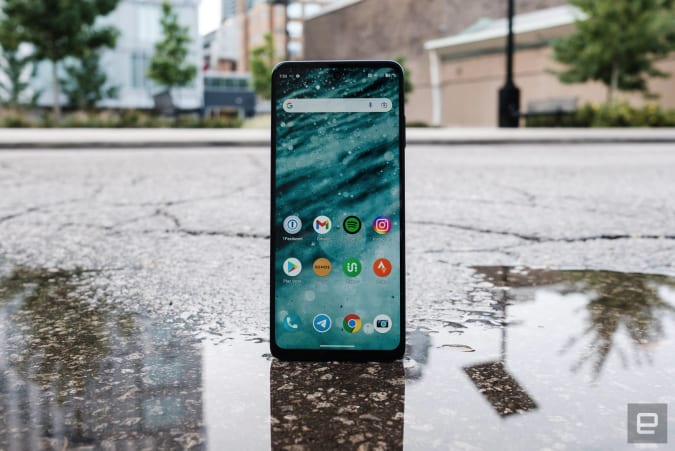
The Moto Edge’s display has a lot to offer beyond its fast refresh rate. HDR10 is supported, but there are a few quirks that some users may find bothersome. Saturated color mode overbakes sRGB content when the screen is turned on. To make images and videos appear more realistic, you can change the color setting to “Natural.” I also recommend adjusting the display’s color temperature, which was too warm on my unit.
The Moto Edge’s 19.5:9 aspect ratio is also a personal preference thing. It’s great for scrolling through Instagram, Twitter, and other vertical apps, but unwieldy for videos. As I’ve watched numerous Diablo II: Resurrected guides and gameplay videos on YouTube, it’s become clear that there is no optimal way to view 16:9 content on a 19.5:9 display. Instead of cropping into the image, you can use YouTube’s pinch-to-zoom feature to remove any unwanted white space on either side of the screen. Some users may find it difficult to operate a device with one hand if it has a 19.5:9 aspect ratio.
The Moto Edge is an excellent media player if you don’t mind that. However, if you’re going to be watching movies or TV, you’ll need Bluetooth headphones. In this year’s model, there is only one speaker, and it sounds tinny. One of the few improvements over last year’s model is the removal of the headphone jack.
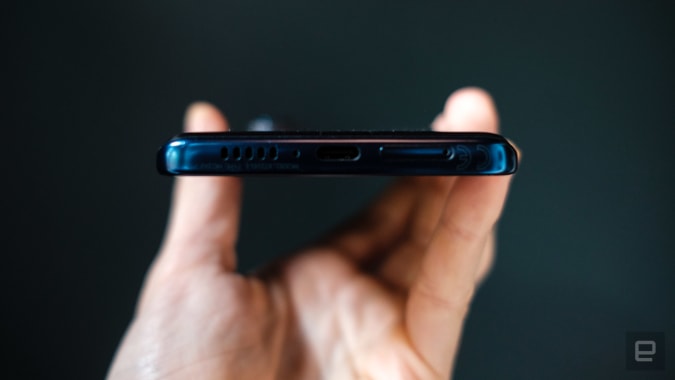
Other upgrades
Two other noteworthy alterations have been made by Motorola. To begin, a capacitive scanner built into the phone’s power button replaces the old phone’s finicky in-display fingerprint sensor. They also made it easier to take selfies and video calls by moving the camera to the center. However, the most significant change is the switch to a traditional fingerprint scanner.
Public transportation, as well as restaurants and stores, still require people to wear masks. As someone who had to enter my passcode every time I used my iPhone or made a purchase, the Moto Edge was a breath of fresh air for me. Fast and accurate, the fingerprint sensor works well; I didn’t have to register the same fingerprint multiple times to get it working efficiently, which was a problem we ran into with last year’s model. There’s one thing I hope the pandemic teaches phone manufacturers: the fingerprint sensor belongs on every phone.
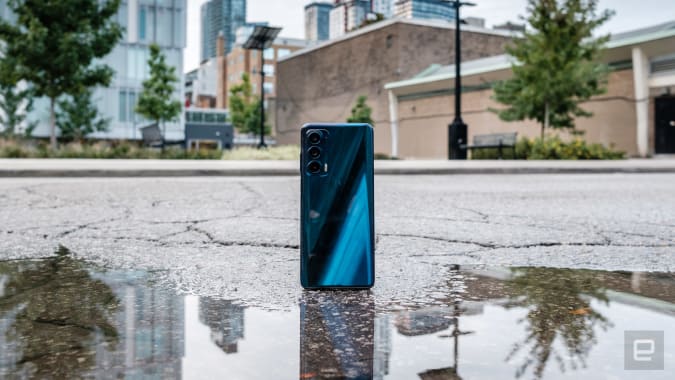
The long-lasting battery life of the Moto Edge is yet another plus. Motorola claims that the phone’s 5,000mAh battery can last up to two days. This was made possible by limiting the refresh rate of the display to 60Hz. Among the phones we’ve tested, its battery lasted 19 hours and 45 minutes on our video rundown test. But it’s worth noting that Google’s Pixel 5a has an OLED display that consumes less power.
Cameras
The Edge’s camera system has been improved, but not to the same extent as the display. The 2021 model has three rear-facing sensors: a 108-megapixel primary system with f/1.9 aperture, an ultra wide-angle and a depth sensor.
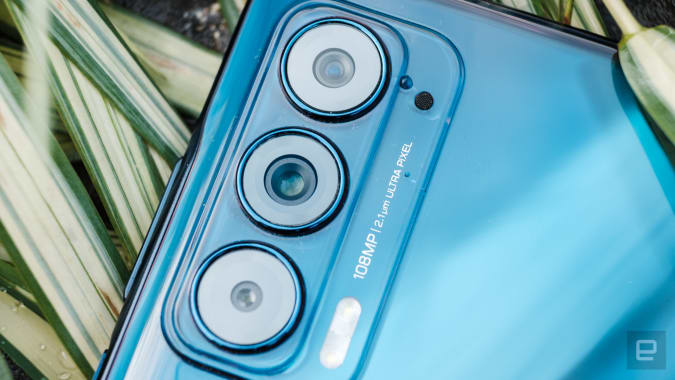
As expected, the primary camera is the star of the show. Motorola’s HDR mode does an admirable job of preserving detail in daytime shots. Cameras have a tendency to overexpose the highlights and underexpose the shadows in difficult situations. However, when it is used to its full potential, the results can be stunning. As a result, the colors are vibrant and lifelike, while the small details have what appears to be physical texture. It is unfortunate that Motorola didn’t include optical image stabilization (OIS) in the main camera, which means that it may struggle in low light situations.
Selfie camera is also very good, with 32MP resolution. Shots are bright and vibrant, with a lot of detail and sharpness. However, when you try to use the camera in a dark room or at night, there is a problem. Most of the selfies I took in those situations ended up blurry because I didn’t have OIS.

Finally, there is the 119-degree wide-angle camera, which still feels like an afterthought. There is plenty of room for both horizontal and vertical storage, but the lack of light makes it nearly inoperable. I took a lot of photos on a cloudy and dark morning, and they all looked smeared.
For macro photography, I used the wide-angle camera more frequently. That mode, however, has a few drawbacks as well. It’s a pain in the ass to get the camera to lock on to my subject; it often takes multiple tries.
The Edge’s Snapdragon 778G isn’t stellar in the camera app, which can take a long time to open and switch between lenses. If you’re looking for a more powerful model, you can get one with 8GB of RAM and 256GB of storage. I didn’t encounter any other performance issues, apart from the refresh rate issue.
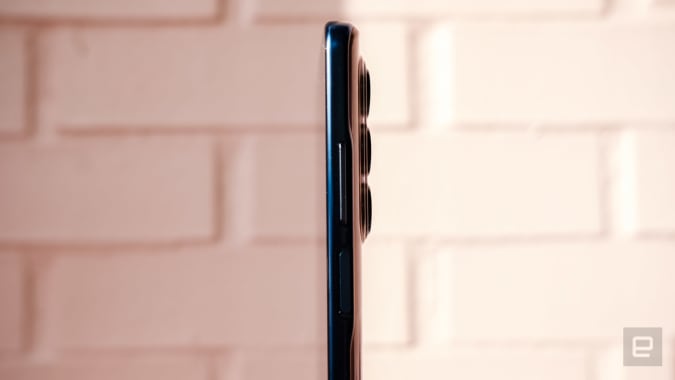
Wrap-up
A Motorola spokesperson confirmed to us that the 2021 Edge will receive two OS upgrades and two years of security updates from the company’s support team. Compared to its predecessor, which only received one Android update, this is a significant improvement.
It’s a much more compelling device and a lot easier to recommend when you combine that with all the hardware updates the 2021 Edge has included. For the time being, the 256GB unlocked model is available for $600 on Amazon. It’s going to cost you $700 in the end. A $550 5G UW model will be available for purchase from Verizon on October 14th.

If you’re willing to compromise on camera quality and wireless charging, the Moto Edge is a good choice at $600. Even though it costs $150 more than the Pixel 5a, the Pixel 6 has a better screen, faster processor, and a larger battery. Even though it costs $700, it’s still a good buy with comparable specs to the OnePlus 9. That said, it still ranks as one of the most impressive mid-range smartphones on the market.
2021 Motorola Edge
Performance - 9.6
Display - 9.2
Cost - 8.7
9.2
9.2/10 Total Points
The Motorola Edge 2021 isn't perfect, but it makes up for some of its predecessor's flaws with a faster 144Hz display, a more reliable fingerprint sensor, and improved software support. There's a lot to like about this phone if you can look past its occasionally average camera and the lack of wireless charging.

